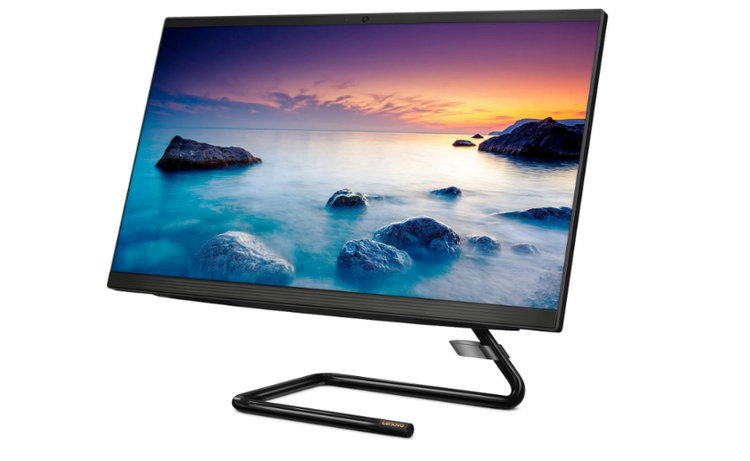What’s the ideal type of leadership?
This question has the power to disclose your leadership style.
Indeed leadership is a flowing concept which can’t be contained within the boundaries of a specific definition as it’s dynamic and consistently enhances the way leaders help in the growth of an organization. The longer a leader leads, the chances are high he’ll alter the way he selects to answer the above question.
At first glimpse, we may ponder that few leadership styles outdo others. But the reality is that each and every leadership style has its own separate space in the toolkit of a leader. The judicious leaders know how to flex from one style to another according to the demands of a situation.
However, to become a better leader in the future, it’s indispensable to know where you stand as of now. With the help of this article, we’ll help you in understanding different types of leadership styles. With that said, let’s explore.
What is a Leadership Style?
A leadership style defines the characteristic behavior of a leader while directing, managing, guiding, and managing groups of people. Great leaders have the power to galvanize social change and political movements. They can encourage other people to create, perform, and innovate.
In layman terms, it can be said a leadership style is basically the way a leader leads a team through various stages. These styles direct how a leader executes different plans and gives guidance. There are different leadership styles based on distinct personalities and methods. Let’s go through them one by one.
What are the different types of Leadership Styles?
The 8 different types of leadership styles are explained below.
1. Democratic Leadership Style
As the name suggests, this is a participative leadership style wherein the leaders collaborate with the team members to finalize crucially demanding decisions. However, the final call is made by the leader himself but each team member has a uniform say on the decision.
Democratic leadership style is one of the best leadership styles as it grants junior-level employees and workers to exercise the authority they will have to utilize wisely if they hold positions in the future. It displays how decisions are made collectively in board meetings of an organization. By far, a democratic leadership approach is one of the best types of leadership an organization can adopt.
2. Autocratic Leadership Style
Autocratic leadership is the complete reverse of democratic leadership. Here, the leader makes decisions without any second opinion. Employees are neither asked nor considered before finalizing a decision and are expected to abide by the decision as specified by the leader. For instance, when an employer changes the working hours of multiple employees without asking anyone especially those who will be directly affected by this decision.
Honestly, this leadership style is the worst. Organizations can’t survive in such a hegemonic culture without employee turnover. It’s recommended to keep leadership more adaptable to the intellect and perspective of other employees.
This is an aggressive leadership style based on complete control. A leader with an autocratic leadership style demands agility and excellence from others. An autocratic leadership style isn’t meant to be adaptable. It imposes a stern, compliant environment, that’s why it works well where a supreme level of control is required like the military.
3. Charismatic Leadership Style
The leaders of charismatic style are wizards of communication and persuasion added with a dose of charm. It’s very well known charismatic leaders are a valuable asset for the growth of an organization. As they possess a deep understanding of people, they have the potential to turn things in their favor effortlessly. The success or failure of an organization is heavily dependent on the leader with a charismatic style. It’s considered as a one-man show rather than collaborative team efforts.
The charismatic leadership style creates some of the great visionaries of all time. These leaders have a zeal and neverending approach to look ahead and acquire favorable results with their assertive personality. Although the pros of this style are numerous, many times it is seen that the leaders of this style are self-centered and are acknowledged for being shallow.
4. Laissez-faire Leadership Style
Laissez-faire is a French word translating to ‘let them do’. This leadership style is the least meddlesome form of leadership we have and leaders who embrace this delegate all authority and power to their employees. A laissez-faire leader allows team members to work as per their liking with almost no interference.
Even though laissez-faire leadership can empower the employees by believing them, however it can also restrict their development and neglect critical growth opportunities for an organization. Therefore, it’s crucial to keep a check on this leadership style. Laissez-faire management dodges gate-like inspections to support speedy work but observing allows the manager to be aware of the advancement of assigned work.
5. Transformational Leadership Style
Transformational leadership is a leadership style that always focuses on the bigger picture/vision and puts extra efforts to intellectually stimulate the team members and build a thriving and open conversational work culture. This leadership is constantly improving and transforming upon the company’s conventions. Employees may have basic goals and tasks which need to be finished weekly or monthly, but the leader is relentlessly pushing them outside their level of comfort.
A transformational leader is usual in organizations, where the head is visionary and has a large audience (an audience that’s open-minded to innovations). The main thing to emphasize about transformational leaders is that they don’t prioritize day-to-day details.
6. Coaching Leadership Style
This leadership style stands strong by mentoring employees. Normally these leaders are experts with phenomenal communication skills and possess in-depth knowledge of their field which makes them ideal for providing coaching to the employees.
A coaching leadership style is a mix of democratic and laissez-faire leadership styles. Neither it’s micromanaging nor absolute freedom is provided and decisions are taken considering multiple inputs. In a nutshell, this leadership helps people to get ready for the near future by building their long-term strengths.
But when the team is huge, it can get irksome and problematic. Also as it’s of a coaching nature, generating favorable results can take substantial time.
7. Servant Leadership Style
A servant leadership style is when a leader works with a mindset of people-first. A servant leader strongly considers that team members do their best work when they’re satisfied professionally as well personally. The servant leaders work with the aim of service first and lead later.
These leaders emphasize the team members to work as per their strengths. Any organization can adopt this style of leadership, as it’s amazing to uplift morale and to ensure people focus on their work. The organizations that follow this style of leadership are likely to achieve higher respect levels as their primary focus is on employee satisfaction.
8. Bureaucratic Leadership Style
In an organization, a bureaucratic leader uses harsh and severe rules for managing the employees and making decisions. Bureaucratic leaders follow the rulebook by heart. Here, the leader might pay attention and scrutinize employees’ inputs contrary to autocratic leadership but the leader can also dismiss an employee’s input in case it conflicts with the policy of the organization or past actions.
Employees falling in the scope of this leadership style may not feel as suppressed and regulated as under autocratic leadership but still, there is a lack of liberty. This style can fastly close down innovation, and certainly isn’t recommended for organizations that are chasing their goals.
Takeaway
Without a proper leadership style, an organization can’t thrive. Management will be more approachable when the leadership style which is put into action bonds well with the team members. It’s because this will nurture harmony and create a better working environment for all the employees within an organization. To select the best leadership style as per your organization’s demands, it’s necessary to know yourself, know the team members along with their needs, and lastly comprehend and practice the different leadership styles. Be receptive to feedback after doing all this. This brings us to the end, we hope you found this article insightful, if you do drop a comment below.
Read also: 10 High Demanded Skills for Future

